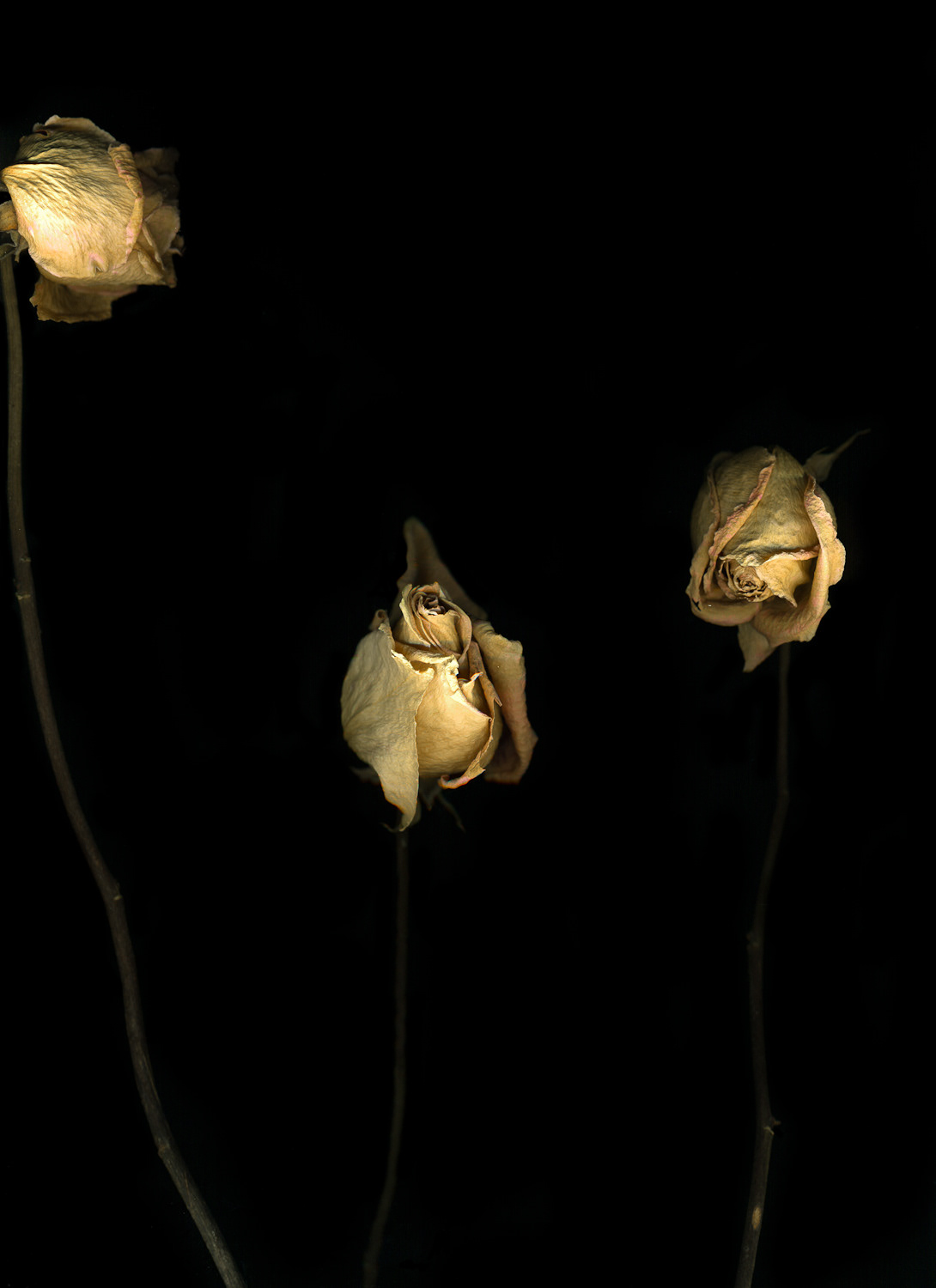

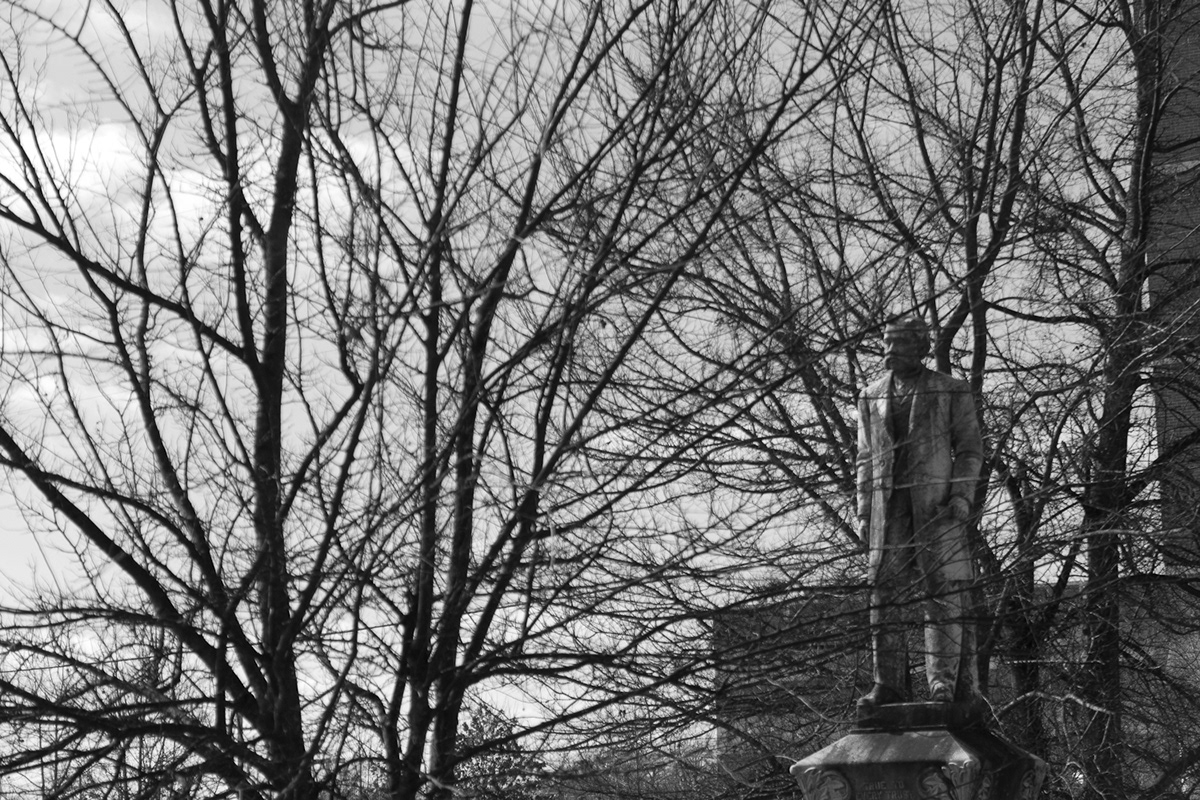


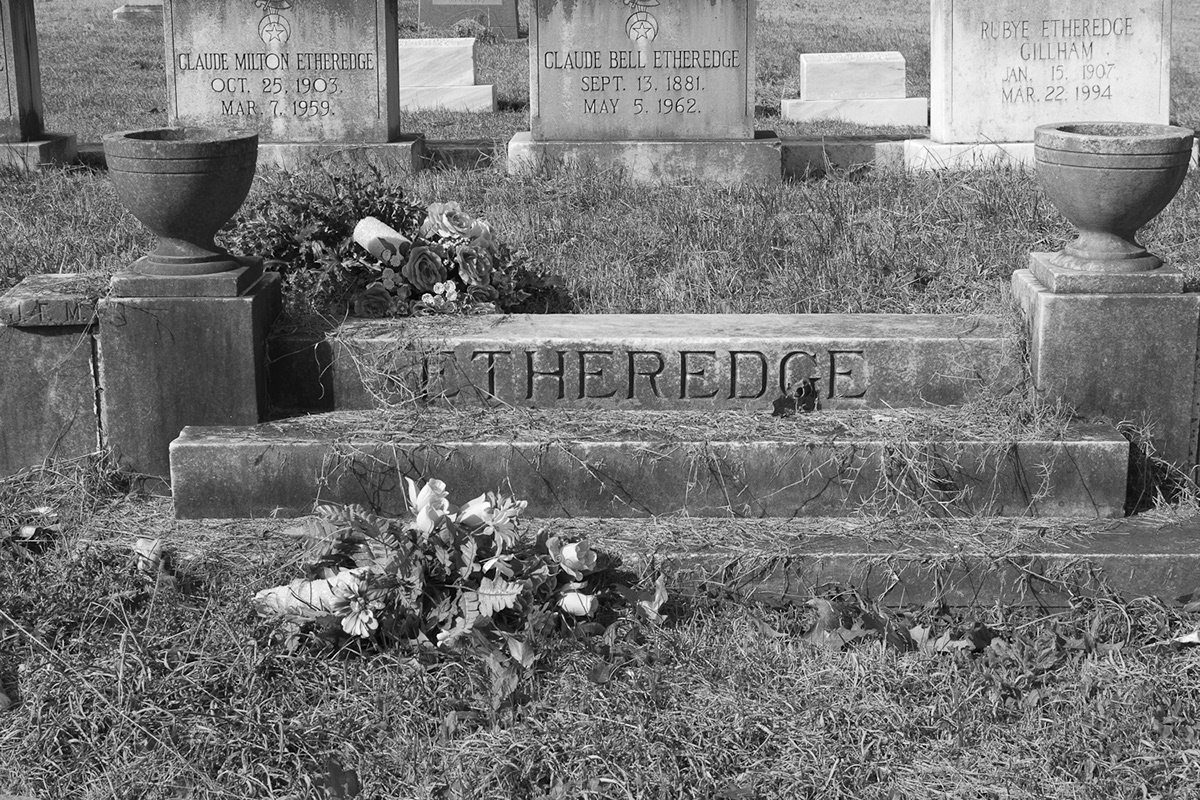



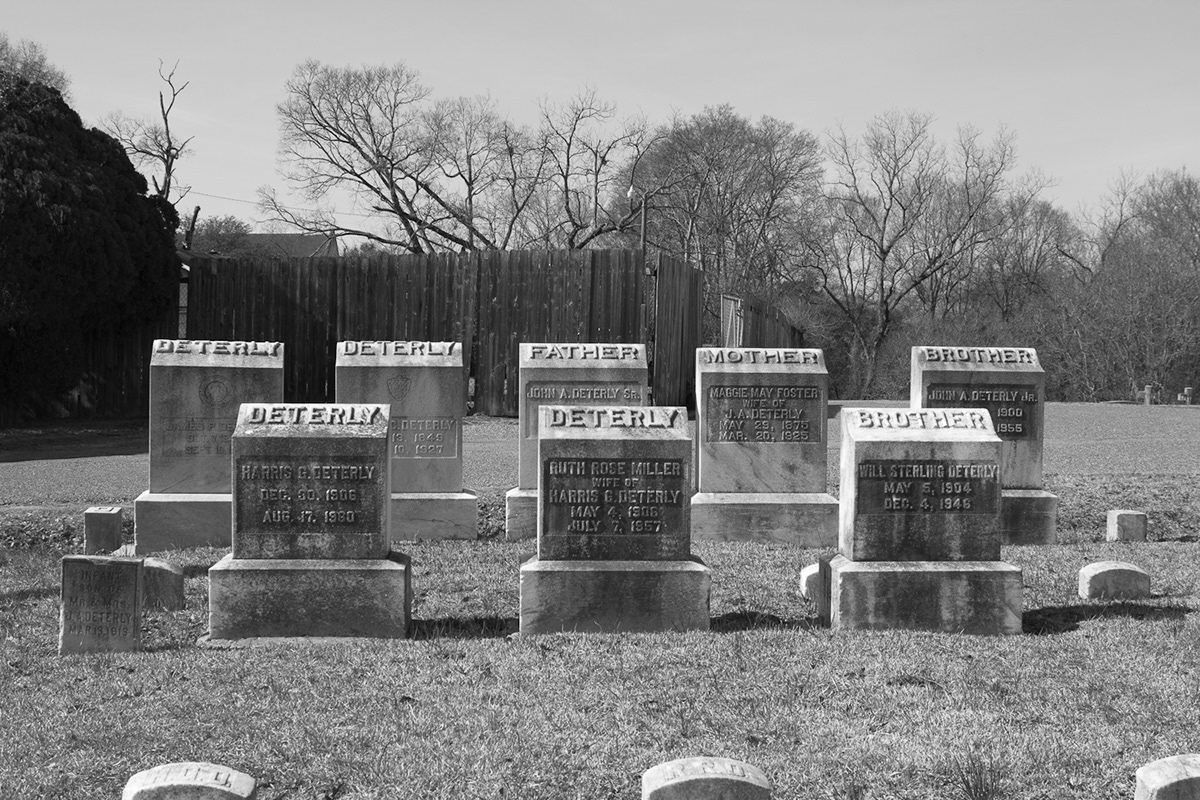
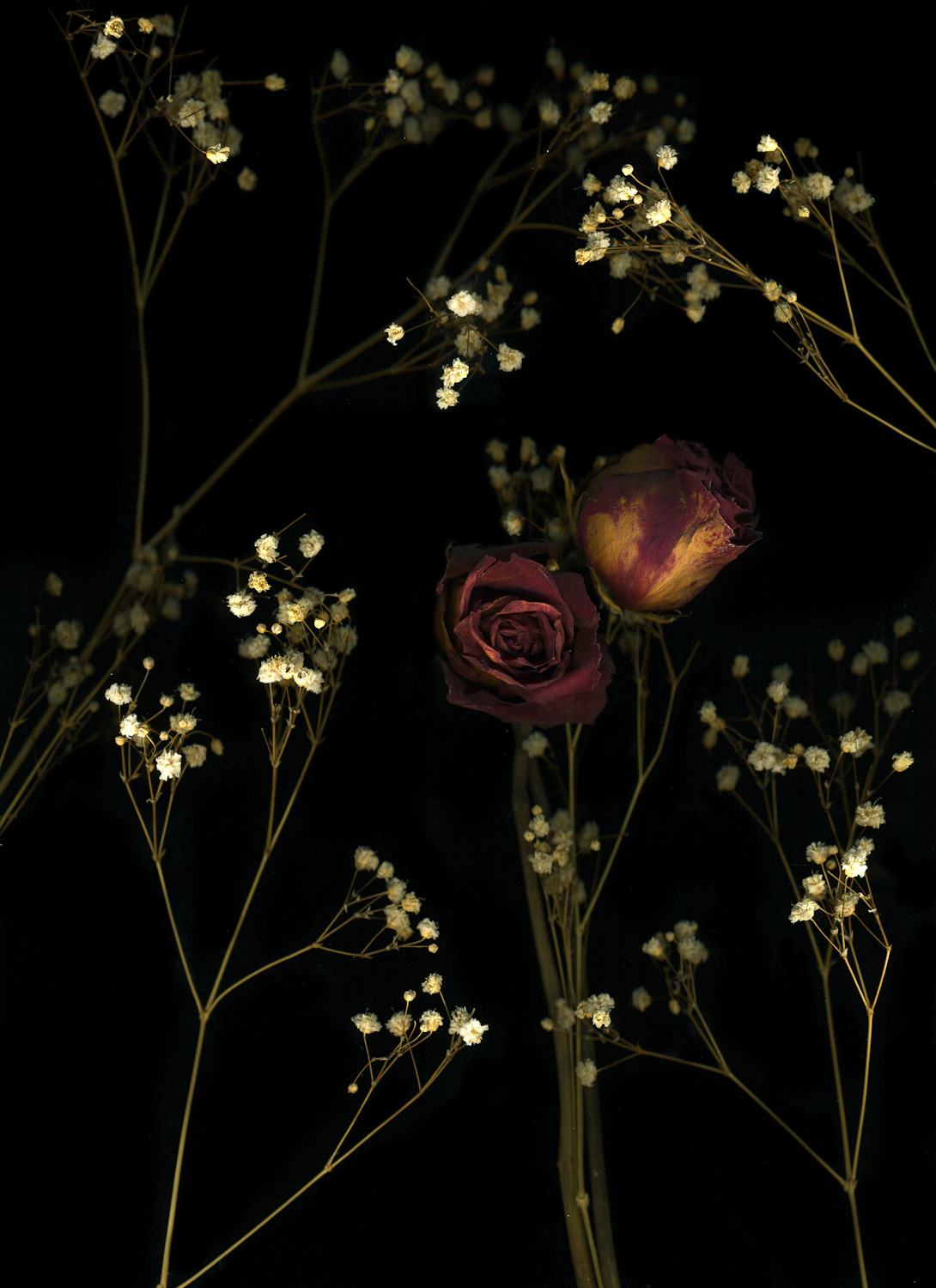



Artist Statement
I have always been intrigued by practices involving the afterlife. From Dia de los Muertos to the Egyptian’s book of the dead, people all over the world have dedicated time and energy to solving the mystery of life and what happens after someone has transitioned. Do we cease to exist or are we reincarnated as a new creature? Is there heaven and hell waiting or is the closest thing we get to heaven life itself? Is there a reward or consequence for all of our follies or is the memory of our existence payment enough? Although I lack an answer to many of these questions, I know that all life is sustained by a source much higher than any living creature: the earth we inhabit. Without the earth, from which flowers grow and our loved ones are stored, we couldn’t thrive.
In this series, I wanted to explore the idea finding a home in the earth. As human beings everything we consume has its origins in the earth. From the fruits and veggies we consume to the animals we domesticate, without the sanctuary we reside in there would be no foundation for life to flourish. In the same way the earth brings forth life, it also acts as a home for contradictory, and neighboring dead. Even the plants that are rooted in the earth are capable of withering, rotting and decaying. In order to fully understand the coexistence between the two, I needed to understand their similarities and differences in the way we care for them.
The level of care we dedicate to the preservation of the corpses of our loved ones and to the flowers we tend to on out landscapes are equivocal. We invest time, money and plan for the placement of each, designate times to visit, and rid both of hindrances like weeds and debris. We also use special materials when visiting graves and gardens. While some Jewish people practice the art of leaving stones and grave markings to protect and build an altar for their loved ones, florists painstakingly arrange their plants for gifts to the living. Similarly, many people leave gifts and tokens of affection for their deceased loved ones when visiting cemeteries while, florists do the same thing when arranging wreaths in remembrance of people for funerals. The main thing that ties flora to the deceased is the duality of their existence.
When admiring flowers, we rarely stop to think of how their beautiful petals bloomed or how the seed it came from flourished. Much like flowers, we often fail to appreciate the people important to us until they have been plucked from our lives. The duality of being a product of the earth and inhabiting again it is ever present with flowers and the deceased. The seed of a flower is carried of from its original life, much like a person who has transitioned. After the Seed’s journey is over, it settles back into the earth, just like a deceased person who has been buried. The similarities further for both subjects as they start their new lives. For a seed, it’s the rebirth into a flower, for the dead, however, it’s the new beginning of their loved ones with out them. Depending on what you believe or not a person’s life may have a second start like a flower’s.
To conclude, the deceased may never return to walk the earth, but their memories survive through the lives we live. Regardless of how we feel about it, death is inevitable and knows no prejudice. Whether or not we are reincarnated, cease to exist or are born again, we have now to live for and that’s reason enough to move forward.
L. Lawson





